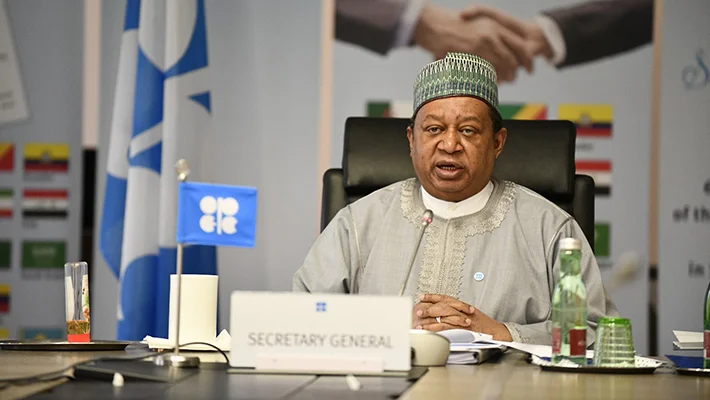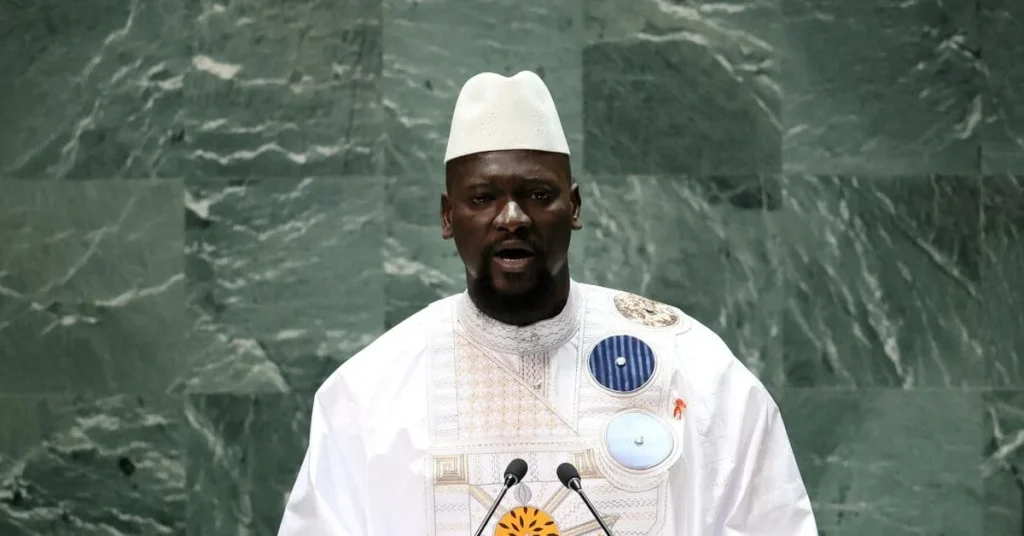The Organisation of Petroleum Exporting Countries (OPEC) has projected that global oil demand will reach 100.6 million barrels per day (bpd) in 2022, surpassing pre-pandemic levels, as announced by outgoing Secretary-General Mohammad Barkindo during the 58th virtual Meeting of the Joint Technical Committee on Monday.
2021 Demand Recovery and 2022 Outlook
OPEC reported that global oil demand grew by 5.7 million bpd in 2021, reaching 96.5 million bpd, with an additional 4.2 million bpd increase from December 2021. Barkindo noted that the recovery momentum from Q4 2021 is expected to continue into Q1 2022, with steady growth projected throughout the year. He highlighted key factors influencing this outlook, including:
-
The evolving impact of the Omicron variant.
-
Variations in global vaccine rollout speeds.
-
Uneven economic growth across regions.
-
Persistent supply chain disruptions.
-
Rising inflationary pressures and potential central bank responses.
These dynamics require close monitoring to assess their impact on oil demand, particularly as major consuming countries plan to release approximately 70 million barrels from strategic reserves to stabilize markets.
Supply and Inventory Trends
On the supply side, OPEC estimated non-OPEC production to grow by 700,000 bpd in 2021, averaging 63.7 million bpd, with an expected increase to 66.7 million bpd in 2022. OECD commercial oil stocks fell by 16 million barrels month-on-month in November 2021 to 2.721 billion barrels, 389 million barrels below the previous year and 211 million barrels below the 2015–2019 average, indicating tightening supply conditions.
Leadership Transition at OPEC
OPEC announced that Haitham Al-Ghais, a veteran of the Kuwait Petroleum Corporation (KPC) and former Kuwait OPEC Governor from 2017 to June 2021, will assume the role of Secretary-General effective August 1, 2021, succeeding Mohammad Barkindo. Al-Ghais, who previously chaired the Joint Technical Committee (JTC) in 2017 and served as a member until June 2021, brings extensive experience to the role.
Brent Crude’s Strong 2021 Performance
Brent Crude recorded its largest annual gain in 12 years in 2021, driven by global economic recovery and producer discipline despite record COVID-19 infections. Prices peaked at $86.70 per barrel in October, the highest since 2018, while West Texas Intermediate (WTI) reached $85.41 per barrel, the highest since 2014. These gains reflect robust demand and constrained supply, supporting OPEC’s optimistic 2022 forecast.
Implications for Nigeria
As an OPEC member and oil-dependent economy, Nigeria stands to benefit from rising global oil demand and elevated prices. The projected demand increase to 100.6 million bpd in 2022 could boost export revenues, supporting economic recovery and infrastructure development. However, challenges like supply chain disruptions and global inflationary pressures may impact Nigeria’s ability to capitalize fully on this opportunity.
Looking Ahead
OPEC’s forecast signals a robust recovery in global oil demand, underpinned by multilateral cooperation through the Declaration of Cooperation (DoC). Barkindo emphasized that this framework will continue to guide the industry’s future, ensuring stability and collaboration. As Al-Ghais prepares to lead OPEC, the organization will closely monitor geopolitical, economic, and health-related factors to navigate the evolving energy landscape.






